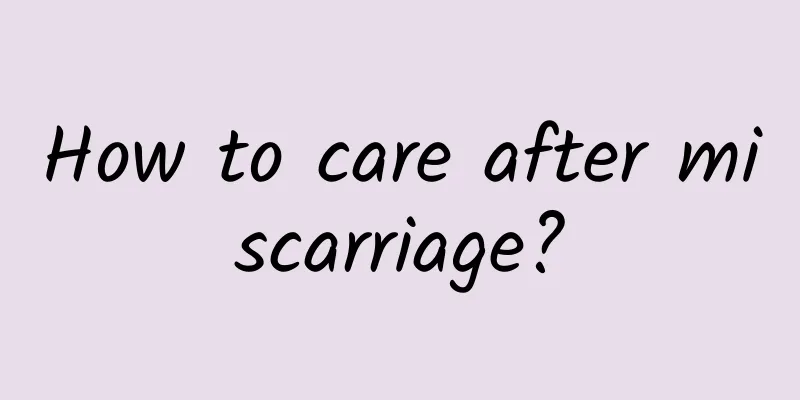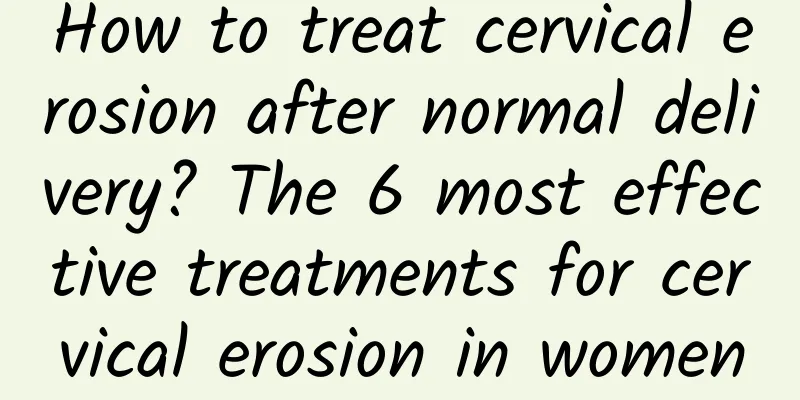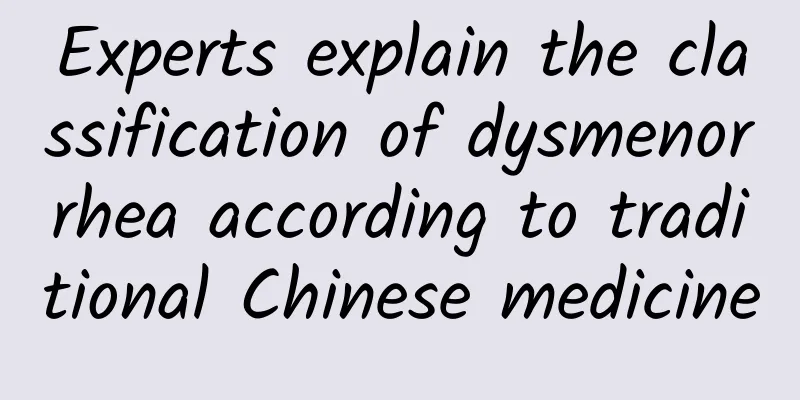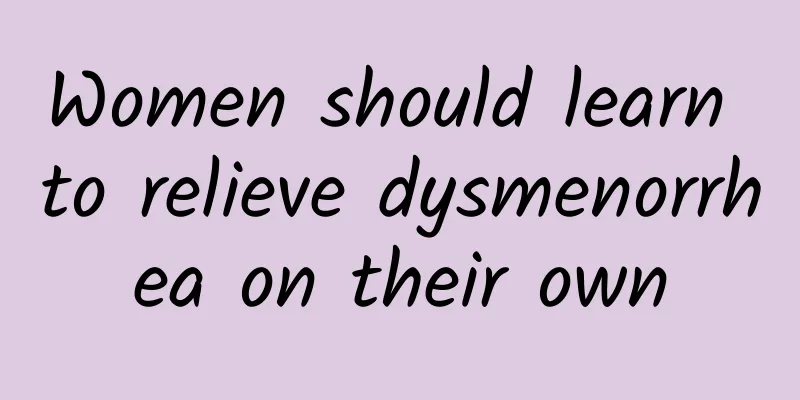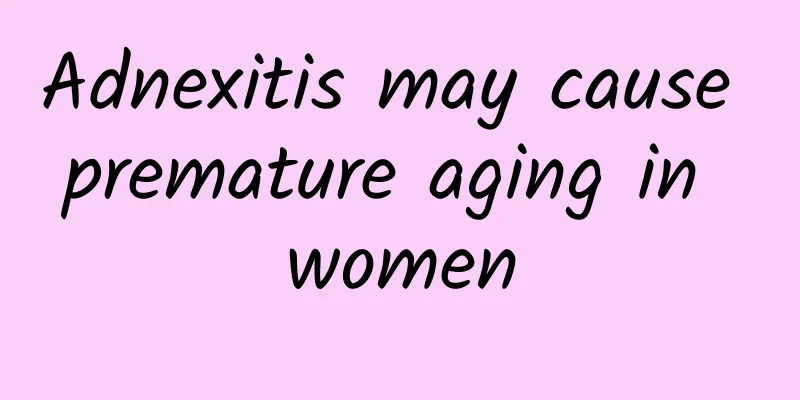Which part of the body is more effective for moxibustion of uterine fibroids?

|
Different types of uterine fibroids require different moxibustion points. For qi stagnation and blood stasis type, moxibustion can be applied to Hegu, Taichong, Zusanli, Zhongji and other acupoints; for blood stasis type, moxibustion can be applied to Zhongwan, Shenque, Guanyuan, Mingmen and other acupoints; for spleen deficiency and blood stasis type, moxibustion can be applied to Qihai, Zusanli and other acupoints. Uterine fibroids are a relatively common gynecological disease. Traditional Chinese medicine divides this disease into three types: qi stagnation and blood stasis, blood stasis, and spleen deficiency and blood stasis. Symptomatic treatment can achieve good results. Moxibustion can promote blood circulation, reduce swelling and disperse nodules. Choosing appropriate acupoints for moxibustion can also relieve uterine fibroids. So which part of the uterine fibroid is more effective for moxibustion? |
<<: What are the ultrasound sonographic manifestations of uterine fibroids?
>>: How to perform surgery for uterine fibroids? There are two situations
Recommend
Spring appetite explodes, five green vegetable juices to detoxify
In spring, everything grows and develops, even yo...
Compare weight loss surgeries and evaluate carefully to enjoy health (Part 2)
Exercise can strengthen the body's muscles an...
Three conventional examination methods for cervical erosion
Cervical erosion is a common pathological change ...
What should I pay attention to after uterine effusion surgery?
Although uterine effusion is not a particularly s...
Leukoplakia of the vulva during menopause should not be ignored
Vulvar leukoplakia is a common disease in women a...
What are you most afraid of when you are pregnant? The 3 major symptoms of threatened miscarriage, learn about them early and take precautions early!
When it comes to miscarriage, everyone knows more...
Women need to know the basic symptoms of irregular menstruation
Everyone is familiar with irregular menstruation....
A woman took drugs to regulate menstruation and gained a lot of weight. Famous weight loss doctor: Be careful of drug-induced obesity
Many women in China have trouble with irregular m...
What should we pay attention to during painless abortion?
The following issues should be noted during painl...
Why do I only have my period once every March or April?
Menstruation only once every 3 to 4 months is usu...
Lose weight without starving! 4 delicious recipes revealed
For people who want to lose weight, it is really ...
Primary dysmenorrhea can take the following care methods
Many people panic and don't know what to do a...
Experts on the treatment of ectopic pregnancy
Have you ever heard of ectopic pregnancy? How muc...
How to check for pelvic effusion
Pelvic effusion is a very common gynecological di...
Symptoms of chronic adnexitis that should be watched out for
As we all know, chronic adnexitis is one of the c...

